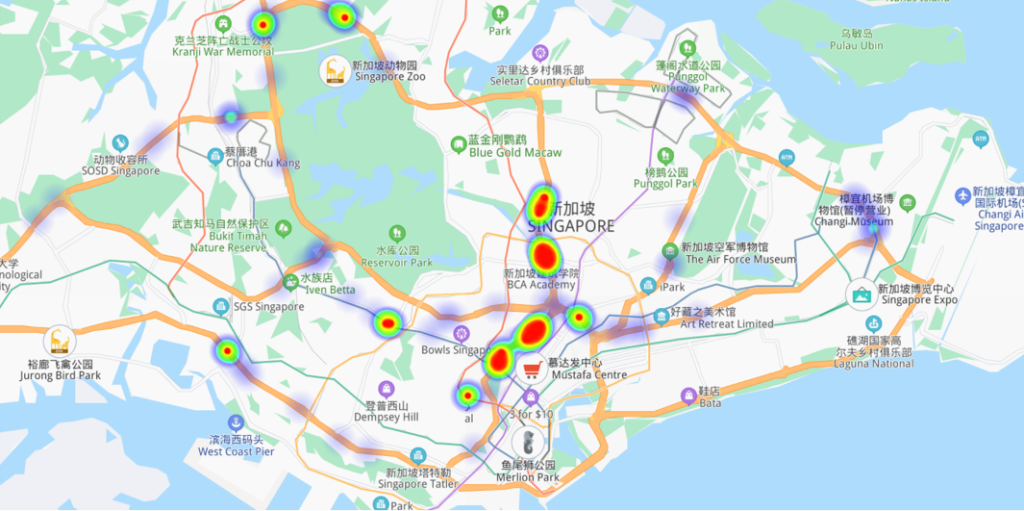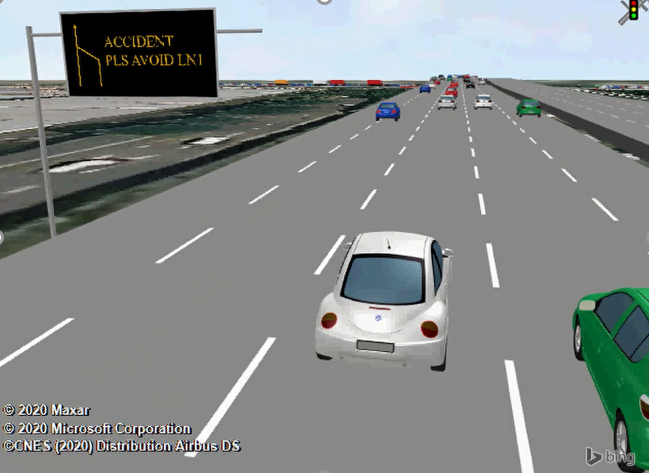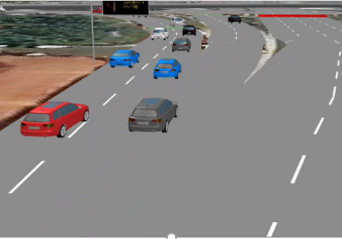-
-
- Bridging Scales from Below: The Role of Heterogeneities in the Global Water and Carbon Budgets
- Increasing Occurrences of Cyanobacterial Blooms Driven by Climate Change Factors
- Carbon Capture and Utilization
- Integrated Coastal-Inland Flood Model for Climate Change
- Pathways for Sustainable and Climate-Resilient Planning of Water-Energy-Food Security Nexus
-
- Air Quality and Health: A Paradigm Shift
- Surface Water Quality and Emerging Contaminants
- Microbial detoxification of persistent organohalide pollutants (POPs)
- Nutrients Removal in Waterbodies via Sustainable Pathways
- Centre for Water Research (CWR) researchers join their forces with U of T researchers for microplastics pollution detection and control in water and wastewater
- Dealing with Hard-To-Treat Industrial Wastewater
- Valorization of Bioresources – Towards a Circular Economy
-
- Intelligent Traffic Diffusion Plan Generation, Effective Assessment and Dissemination Strategies
- Transforming Waste into Resources for Infrastructural Development
- Look-Ahead Integrated Geophysical Investigation System (IGIS) for Singapore Tunnels
- Next-Generation Airport Pavements with Full-Scale Instrumented Testing
-
- Centre for Advanced Materials and Structures
- Centre for Hazards Research
- Centre for Resilient Underground Infrastructure and Engineering (CRUISE)
- Centre for Transportation Research
- Centre for Water Research
- Centre for Resource Circularity and Resilience (CR)2
- Centre for Offshore Research and Engineering (CORE)
- Centre for Environmental Resilience
- Safety & Health Committee
- Completed Research Projects
- Research Brief
- Achievements (in the media)
Intelligent Traffic Diffusion Plan Generation, Effective Assessment and Dissemination Strategies
The project is a collaboration between NUS and ST Engineering on an AI research programme in the area of Smart City. The project aims to use sensor data and V2X technology and develop AI-based solutions, which can reduce and manage traffic congestion.
Studies have shown that traffic incidents are one of the most common causes of traffic congestion. To minimize the impact of traffic incidents on congestions, we aim to develop a framework to dynamically generate effective traffic diffusion plans, as well as dissemination strategies to distribute guidance information to drivers in a timely manner. Intelligent tools such as machine learning, deep reinforcement learning, traffic simulation, and optimization techniques are used in this project.
 Fig. 1. Heat map of heavy traffic occurrences from 15 -22 Sept 2020. Data source: LTA Datamall website
Fig. 1. Heat map of heavy traffic occurrences from 15 -22 Sept 2020. Data source: LTA Datamall website
In many cities including Singapore, traffic information such as accident notifications are displayed on electronic signboards situated along the expressways or broadcasted periodically over the radio and social media channels. In line with the Smart Nation initiative, this project implements smart solutions to transform the way such traffic information is generated and disseminated.

Fig. 2. Simulating lane-changing behaviour in response to information displayed on an electronic signboard (top left)
To provide accurate and personalised traffic information to drivers, a response plan system based on reinforcement learning is being developed. With reinforcement learning, optimal dissemination strategies can be employed for different road segments affected by accidents and congestions, such that the total traffic delay across the entire road network is minimized. When an accident occurs, information such as alternative route suggestions can be generated. This information, along with the incident alert, can be sent directly to individual cell phones and in-vehicle units within an affected zone. This ensures that drivers have access to real-time, personalised information. Drivers will be able to avoid congested roads while the overall network congestion is reduced.

Fig. 3 Simulating route-changing behaviour as driver, in response to information displayed on an electronic signboard, move to the main arterial road to avoid an accident on the expressway
With the rise of vehicle-to-everything (V2X) communication technology on the road, drivers do not have to rely on satellite technology to receive timely traffic information. Through inter-vehicle communication or information exchange between roadside infrastructures and vehicles, traffic alerts can be delivered faster in response to real-time information. Therefore, in this project, we will also study the use of V2X to disseminate dynamic messages for the optimal generation of a response plan based on deep reinforcement learning. We believe the intelligent response plan system developed in this project will make a significant improvement to the Intelligent Transportation System of Singapore to handle traffic incidents.
For more details, please contact:
Dr Liu Yang
Email: ceelya@nus.edu.sg

